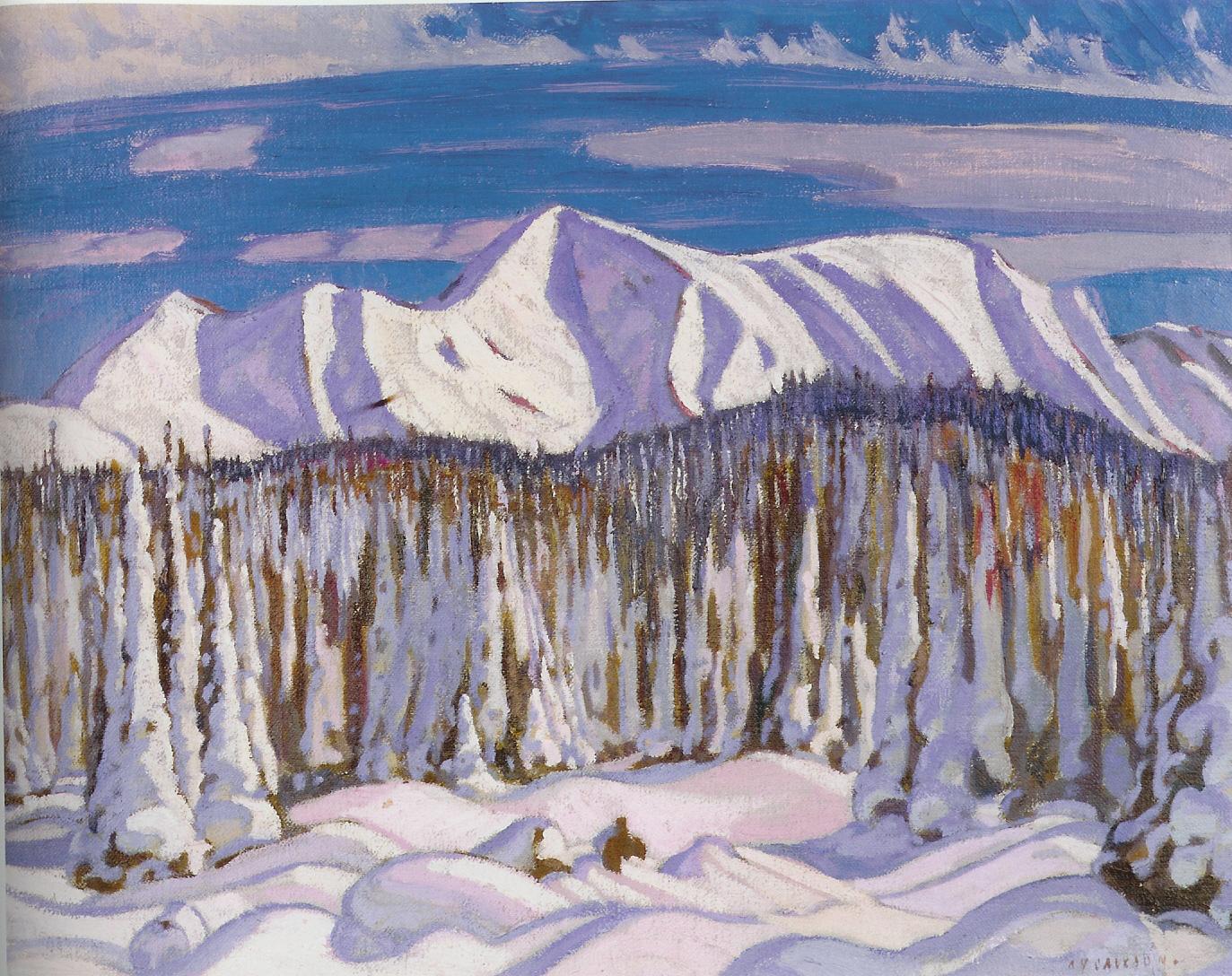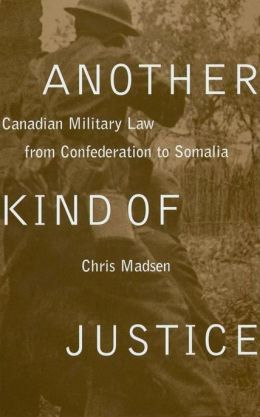Continued from previous post.
Wayne Larsen's A.Y. Young (Toronto: Dundurn, 2009) is a biography of a Canadian war artist who experienced the Great War as a private in the ranks before being picked up by the Canadian War Memorials Fund. His work for Lord Beaverbrook's organization produced some of the most iconic depictions of battlescapes on record. After Second Ypres, Jackson accepted the war would not be over quickly, and enlisted in the 60th Battalion.
That A.Y. Jackson was on the cusp of renown when he joined the army, is reflected in the reportage of the Montreal Gazette of June 29th, 1915.
Wayne Larsen's A.Y. Young (Toronto: Dundurn, 2009) is a biography of a Canadian war artist who experienced the Great War as a private in the ranks before being picked up by the Canadian War Memorials Fund. His work for Lord Beaverbrook's organization produced some of the most iconic depictions of battlescapes on record. After Second Ypres, Jackson accepted the war would not be over quickly, and enlisted in the 60th Battalion.
That A.Y. Jackson was on the cusp of renown when he joined the army, is reflected in the reportage of the Montreal Gazette of June 29th, 1915.
O.C. 60th Battalion. May, 1917.
/Library and Archives Canada/When the first five hundred men of the 60th Battalion, under Lieut.Col. F.A. Gascoigne, entrain at the Windsor street station tomorrow night for Valcartier, the force will have on its strength Private A.Y. Jackson, artist, and associate of the Royal Canadian Academy...Mr. Jackson a few years ago traveled through Belgium, sketched its landscapes and its historic monuments, and in that time of peace and prosperity saw the cities that have since been devastated by the Germans - Bruges, Brussels, Antwerp, Liege and Namur. Now he is anxious to battle on that soil in the common cause." (Quoted in Larsen, p. 72)
Jackson arrived in
Le Havre, France in February 1916, and would see four months of
action before being wounded. Fifteen years
after the fact, he recalled a surreal day in the trenches:
I was just thinking back to another June 3rd crawling along a trench in Sanctuary Wood, and an aeroplane circling overhead like a big hawk, signalling to the artillery who were trying to blow us up. It was a day of glorious sunshine and only man was vile, in general, individually they were magnificent. I thought a cup of cocoa in a dressing station was an undreamed of luxury. (Quoted in Larsen, p. 73)
A little over a week later, Jackson was wounded in the Battle of Mount Sorrel. After his
recovery, when training at Shoreham, England, in the summer of 1917,
he received the news that Tom Thomson had drowned. The event was shrouded in mystery, and has since been the subject of much historical speculation.
It was in the
summer of 1917 that Jackson's fortunes as a common soldier changed.
While digging a latrine in Shoreham, he was approached by a member of
the Canadian War Memorials Fund, who told Jackson of the opportunity
to work for Lord Beaverbrook as an official painter. After he proved
that he had the skills for the job, he was promoted to Lieutenant,
which was a source of some embarrassment. As Larsen wrote, "Whereas
Private Jackson had avoided saluting officers by taking alternate
routes down quiet side streets, Lieutenant Jackson now had to keep to
the busy main roads to avoid being saluted." (Larsen, p. 80)
 |
| AY Jackson. Gas Attack, Lievin. 1918. Beaverbrook Collection of War Art, Canadian War Museum. 19710261-0179 |
Later that year,
when he made his way to Flanders, he again felt embarrassed traveling around in a staff car, while the poor bloody infantry
slogged on through the endless muck. Soldiers were generally cold to
him until they learned that he had been wounded in combat. Larsen
suggests that something in the changed nature of warfare, the
estrangement of artillery, chlorine gas, night attacks, and tunnels,
meant that old depictions of battle no longer sufficed. Jackson's memory supports this:
When the War Records of World War I were organized, the artists started off thinking in terms of the kind of war art popularized by the Graphic and the Illustrated London News. It gave one the feeling of something left over from previous wars, the old stock poses, the same old debris lying around like still life, and smoke drifting whenever the composition gave trouble.
The machine gun had destroyed the old death and glory picture which depended on a mass of cavalry or infantry hurtling forward with the shot-riddled flag clutched in the striken hero's hand. There pictures were mostly painted by artists who had no first-hand information and it was not long before we realized how ineffective they were. (Cited in Larsen, p. 81)
 |
| Portrait of t Robert Shankland, The Victoria Cross, 1917. Canadian War Museum. Beaverbrook Collection of War Art Photo Credit |
 |
| A Copse Evening. AY Jackson, 1918. |
The winter of
1917-18 was spent in his London studio, and it was on his return to
the battlefields in the spring of 1918 when he painted A Copse,
Evening, one of his best known works of the war. The German
spring offensive pushed the artists off the continent, and curiously,
Jackson did not return to capture Canadian advances during the
Hundred Days campaign. Jackson was instead ordered back to Canada to
prepare to join Canadian troops to Siberia.
It is here that Larsen leaves the reader wanting more. Why did Jackson go back to Canada at this time instead of heading back to the front as the British pressed forward in 1918? The Canadian Siberian Expeditionary force, was sent
to aid the White Russians against their revolutionary foe, in hopes
to allow Russia to fight the Germans in the east. The expedition
sailed in October of 1918, yet Larsen notes that on the 11th of
November, Jackson was on Sainte-Catherine Street, Montreal when he
heard the church bells ringing to announce the end of the war. So
when Larsen writes, "of course the trip to Siberia was
automatically cancelled", part of the story is
missing. (Larsen, p. 86)
Troops were still sent to Siberia in December 1918, in fact,
some of them mutinied in Victoria before sailing. Was the action no longer
considered part of the First World War and thus no longer justified
commemoration under the Canadian War Memorials Fund? Was no other
artist available to go with the expedition other than Jackson? London to Vladivostok is a long journey, was no one closer that could have done the job?
 |
Personnel of the Canadian Siberian Expeditionary Force
with truck Date(s)ca. Jan. - May 1919PlaceVladivostok, Russia.
|
Larsen can't answer every question about Jackson's motivations and attitudes towards the war, especially in a full length biography of which 1914-1918 is but one small component. He does relay an amusing anecdote about Jackson and the Siberian
Intervention. He notes that in preparation for the trip, Jackson
purchased twenty tubes of white paint so that he would have enough to
capture all the snow. With his trip cancelled, he had more white
paint than he would need for years. He joked that it was this stash
of white paint that prompted him to become a painter of snowy
landscapes in the following years, "as I had to find some use
for it." (Larsen, p. 86)
 |
| A.Y. Jackson’s In Jasper Park, 1924. A Y Jackson's painting In Jasper Park. Thomson Collection at The Art Gallery of Ontario Photo Courtesy of the Estate of the late Dr. Naomi Jackson Groves Westbridge Fine Art |
In the years
following the First World War, Jackson painted troopships in Halifax
before being officially discharged. He would soon become affiliated
with the Group of Seven, working to promote a distinct Canadian way
of art. Some argue that the war altered his style to shift from early-modernist impressionist styles to more post-impressionist expressions of landscapes. Some of Jackson's work is available for viewing at the Glenbow Museum's Transformations exhibit, which examines the development of Jackson's nationalism and its relation to the Great War.
.jpg)

.jpg)



























